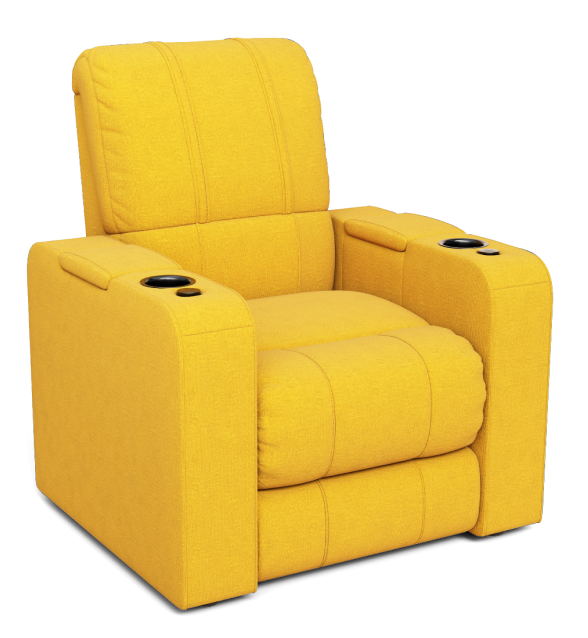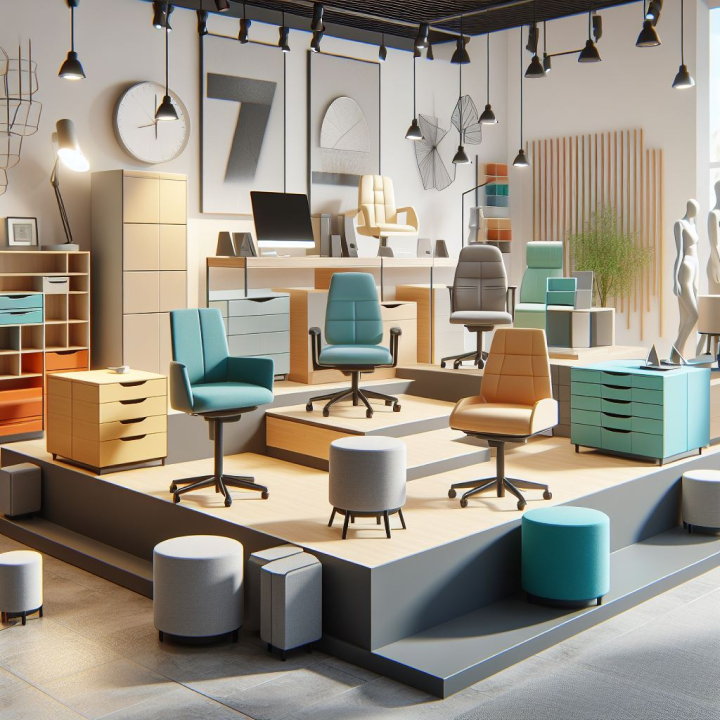Interactive product customization transforms eCommerce, profoundly enhancing engagement. It empowers businesses with diverse options, real-time visuals, and trend insights, leveraging tech like augmented reality and 3D modeling. Your choices? Sharper than ever. Your shopping journey? It is super precise and satisfying. It minimizes errors and returns, making it a strategic asset for eCommerce precision. In a world where customers demand accuracy from home, interactive product customization is the key to a streamlined and flawless shopping experience.
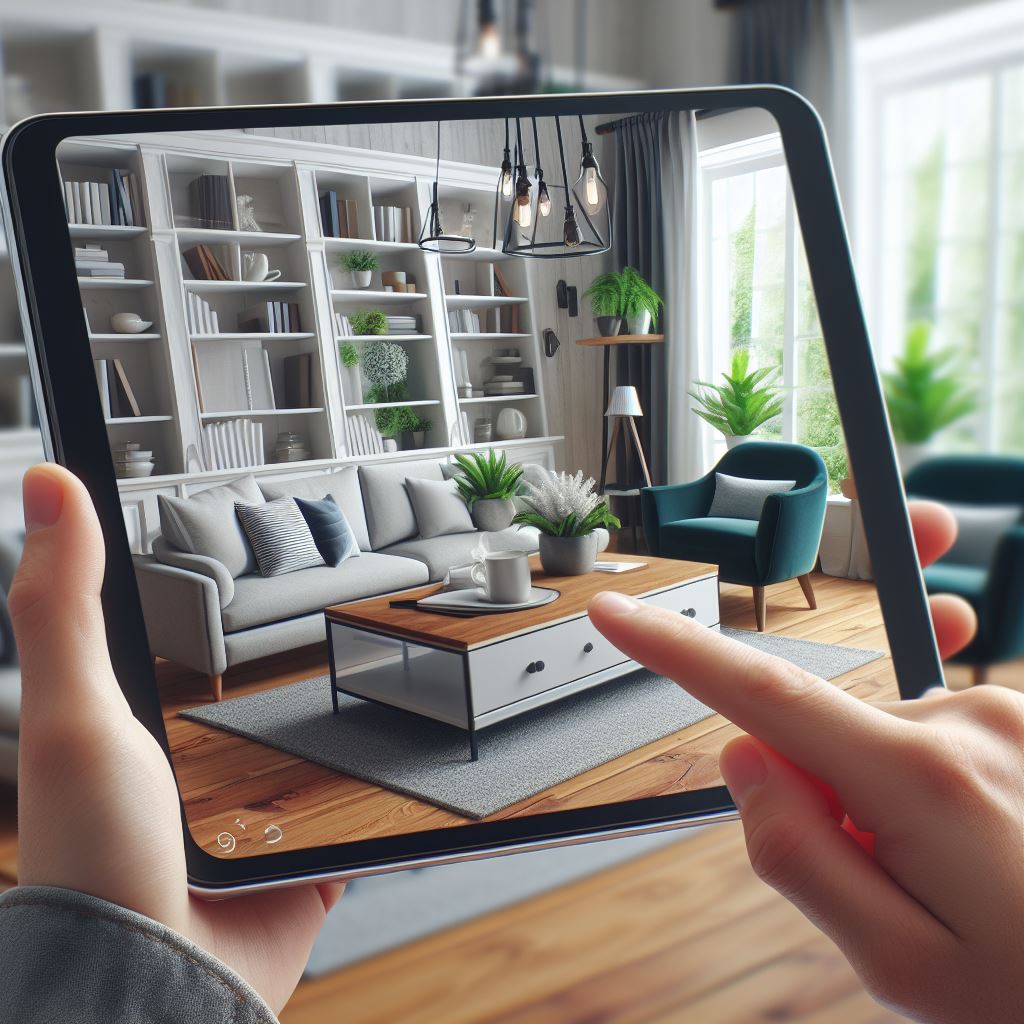
Here are 20 insights on how to create interactive product customization:
- Interactive product customization enhances customer engagement, satisfaction, and sales revenue.
- Identifying suitable products for customization and developing a user-friendly interface is crucial for success.
- Leverage augmented reality, 3D modeling, and machine learning to enhance the customization experience further.
- Track customer engagement and conversion rates, analyze customer feedback, and monitor sales performance to measure the success of your customization implementation.
- Customization gives consumers a sense of ownership and control over their experience, leading to deeper engagement, a stronger connection with the brand, and increased purchase satisfaction.
- It also provides insight into customer behavior, enabling the implementation of targeted marketing strategies and product improvement.
- You can track conversion trends to determine where new product offerings may draw more revenue.
- Additionally, interactive product customization is entertaining for customers, attracting their attention and increasing the likelihood of conversions.
- With the ability to spend hours constructing their perfect product, customers are more likely to be satisfied with their purchase and perceive the brand positively.
- Creating a unique and personalized experience is essential to building lasting customer relationships.
- You foster brand loyalty and stand out by tailoring products to individual preferences.
- Integrating customization options into the purchase process streamlines the buying journey and makes it more convenient for customers to complete a purchase decision.
- Personalized products have a higher perceived value, allowing you to command premium prices and increase profit margins.
- Gamification elements that reward consumers for participation, such as quizzes, contests, or polls, can engage and entertain them, boosting customer loyalty.
- Interactive product galleries that allow users to filter, sort, and enlarge content enable customers to focus their purchase journey, reducing frustration and analysis paralysis.
- First, identify suitable products to be customized. Not all items are right for customization, and choosing ones that align with your target market and customer preferences is essential.
- Conduct market research and analyze feedback to determine which products have the highest potential for customization.
- Collecting and analyzing feedback offers valuable insights that can drive product and service improvements.
- Crucial data collection options include surveys and feedback forms.
- Understanding the importance of interactive product customization is essential in creating a unique and personalized experience that fosters brand loyalty and drives revenue.

By creating a unique and personalized experience, businesses can foster brand loyalty, stand out from the competition, and increase profit margins. By gathering and analyzing the feedback from your customers, you’re unlocking a wealth of insights. These insights become the guiding force behind refining products and services, boosting your business. So, paying attention to what your customers have to share is like having a customized roadmap for continuous improvement and success. Understanding the importance of interactive product customization is essential for creating a unique and personalized experience that fosters brand loyalty and drives revenue.
The Importance of Interactive Product Customization for Customers
In the continually evolving world of eCommerce, customer expectations play a central role in shaping brand interactions. Let’s look into the pivotal role of interactive product customization, exploring how it enhances engagement and satisfaction and creates unique, personalized experiences.
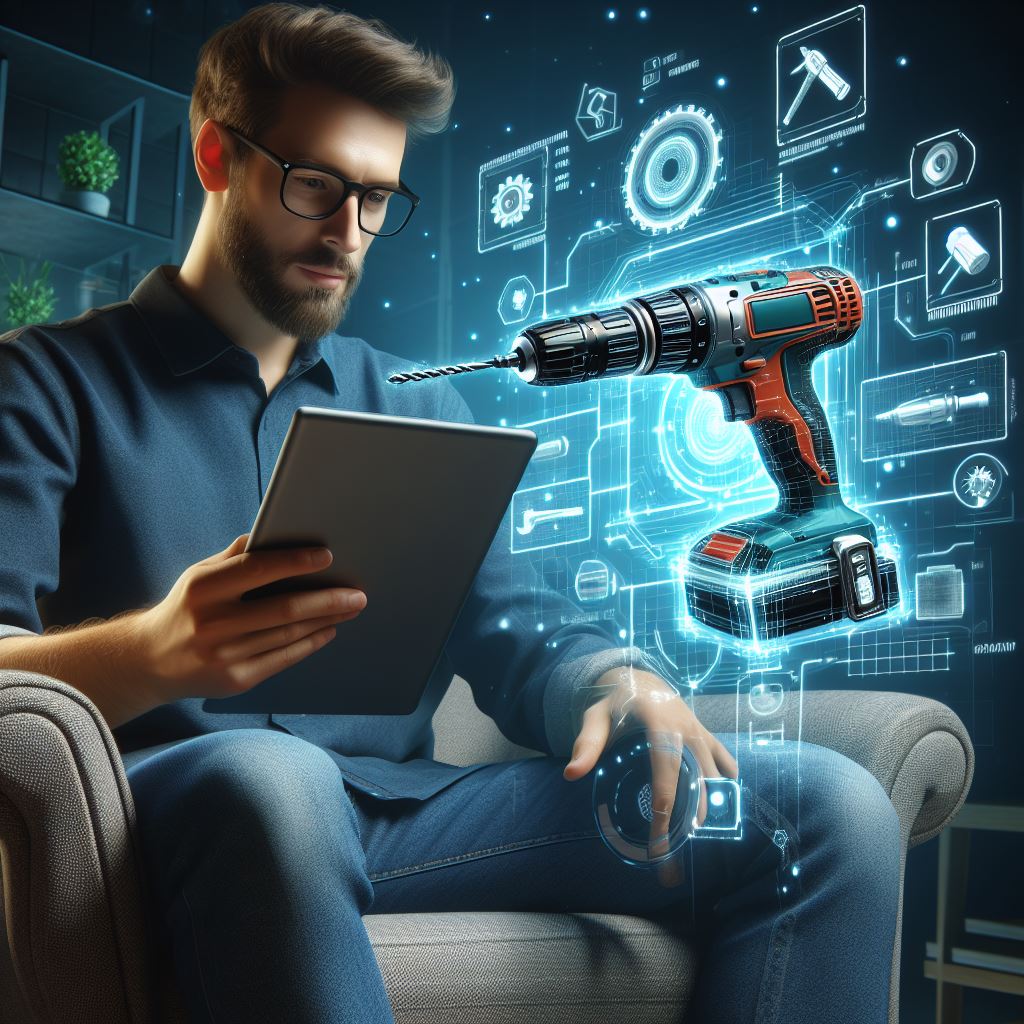
Enhancing Your Engagement and Satisfaction
Imagine a shopping experience where every product feels uniquely yours. Interactive product customization allows you to shape your purchases actively, providing a sense of ownership and control that transcends a mere transaction. This engagement is not just about buying; it’s about emotionally connecting with the brand and feeling a part of the creation process.
The joy of customization is not just in the end product; it’s in the journey. Spending time crafting the perfect item is entertaining and increases the likelihood of making a purchase. It transforms shopping from a task into a delightful experience.
Creating Unique and Personalized Experiences
Customers seek experiences that resonate with their individuality in a market flooded with options. Interactive product customization fulfills this desire by allowing them to tailor products to their unique preferences. It’s not just about buying; it’s about feeling seen and understood as an individual.
The convenience of streamlining the buying journey is crucial for the customers. Product crafted specifically to their preferences makes the decision-making process more accessible and enhances their satisfaction. The perceived value of personalized products makes them willing to invest a little more, knowing that what they are getting is uniquely ours.
Experiencing 3D Interactive Product Customization
From our perspective as customers, the journey through interactive product customization should be seamless and enjoyable:
User-Friendly Interface
The joy of customization comes from simplicity and ease. A user-friendly interface with guided customization, real-time updates, and responsive design ensures that we can shape our products effortlessly without any confusion.
Integration of Customization Options
Making choices is a part of the shopping journey, not a separate task. Offering a wide range of options makes it convenient for customers to select customization options directly while browsing, enhancing their overall shopping experience.
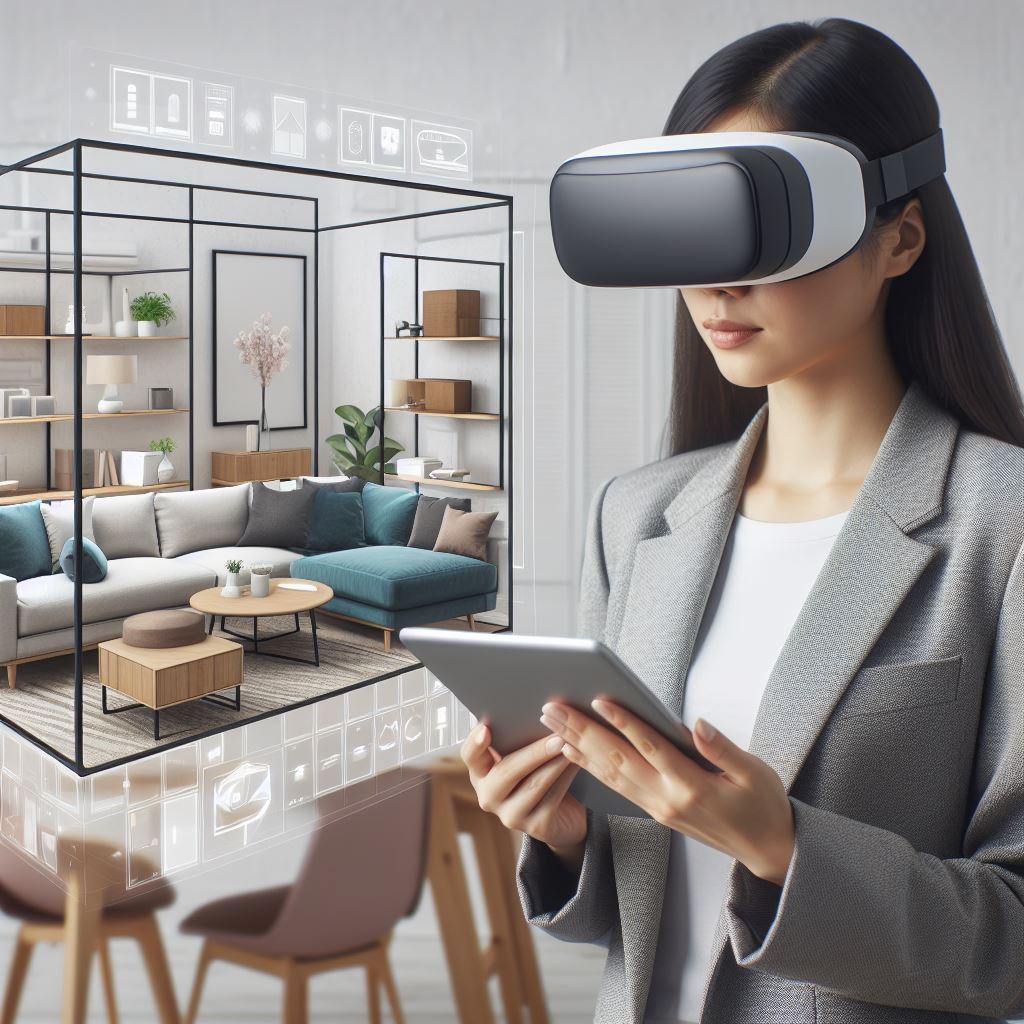
Best Practices for Designing 3D Interactive Product Customization
Offering a Plethora of Options
The more choices, the better. Many customization options cater to diverse preferences, giving customers a sense of ownership.
Ensuring Compatibility and Accessibility
As customers use various devices, their shopping experience becomes seamless. Regularly updated and accessible designs ensure that their journey is inclusive and hassle-free.
Interactive product customization isn’t just a feature; it’s a promise fulfilled. It transforms shopping into a personalized, engaging, and satisfying experience. Brands that prioritize customers’ expectations through customization not only win business but also create a lasting connection that goes beyond the transaction. Interactive product customization shapes the shopping experiences in a world where choices matter.
Leveraging Technology in Interactive Product Customization
In the dynamic landscape of modern commerce, integrating cutting-edge technologies into interactive product customization has significantly transformed how customers engage with brands. Let’s explore the impact of leveraging Augmented Reality (AR), 3D Modeling and Rendering, and 3D Product Configuration from the unique perspective of customers, shedding light on how these advancements enhance their shopping experiences.
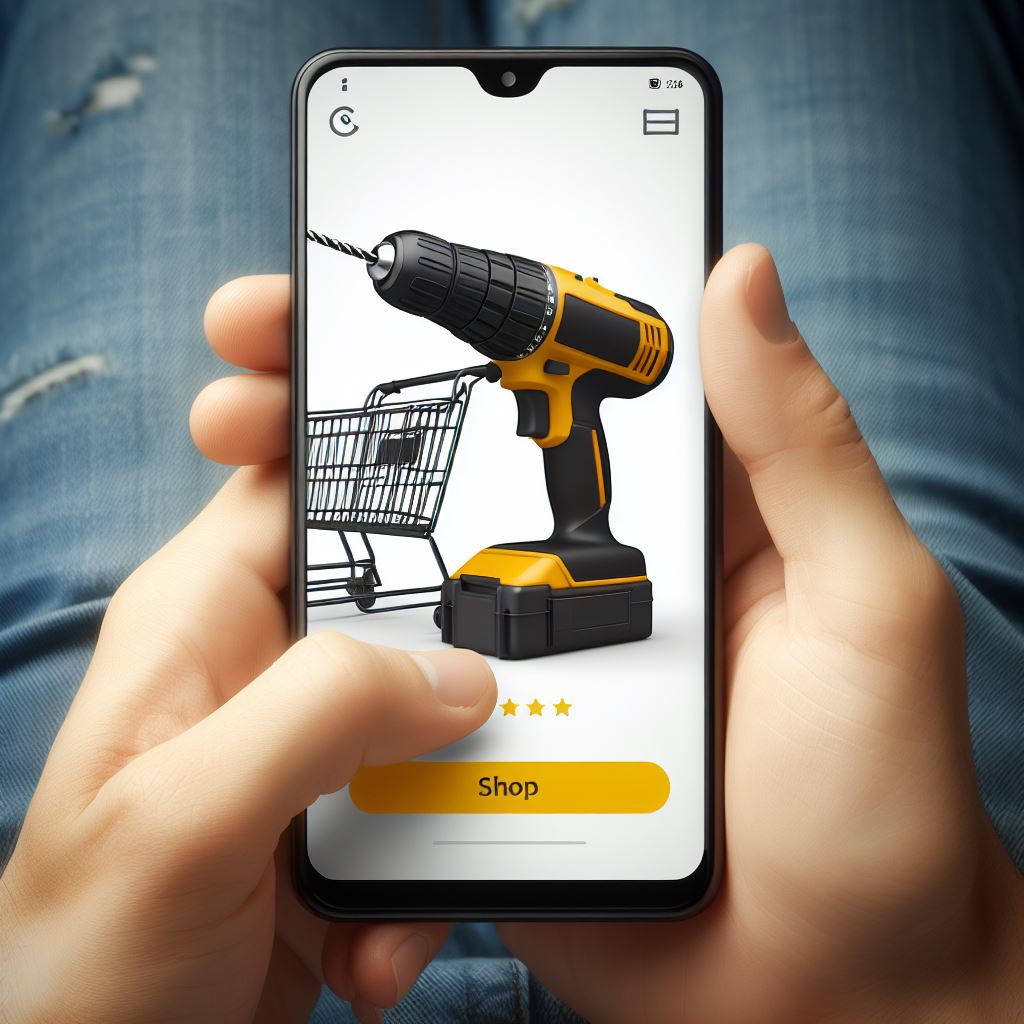
Augmented Reality (AR) Technology
Integrating Augmented Reality (AR) into product customization is revolutionary from a customer’s viewpoint. AR provides a virtual try-on experience that transcends traditional online shopping limitations. The ability to virtually try on products before purchasing enhances engagement by making the shopping process more interactive and enjoyable.
The immersive nature of AR technology not only allows customers to visualize products in their environment but also adds an element of fun to the shopping journey. This transformative experience goes beyond static images, allowing customers to make informed decisions about how a product fits into their lives. As a result, AR technology becomes a catalyst for increased customer satisfaction and a deeper connection with the brand.
Implementing 3D Modeling and Rendering
Integrating 3D modeling and rendering adds a new dimension to the customization experience for customers. Identifying products that benefit from 3D visualization ensures customers can explore every detail of their chosen products. This capability provides a level of realism that static images cannot achieve.
The collaboration between design and marketing teams, from a customer’s perspective, ensures that the 3D models accurately represent the product. This alignment is crucial for building trust and confidence in the customization process. As customers virtually manipulate and customize 3D representations of products, they feel a deeper connection, fostering a sense of ownership and satisfaction.
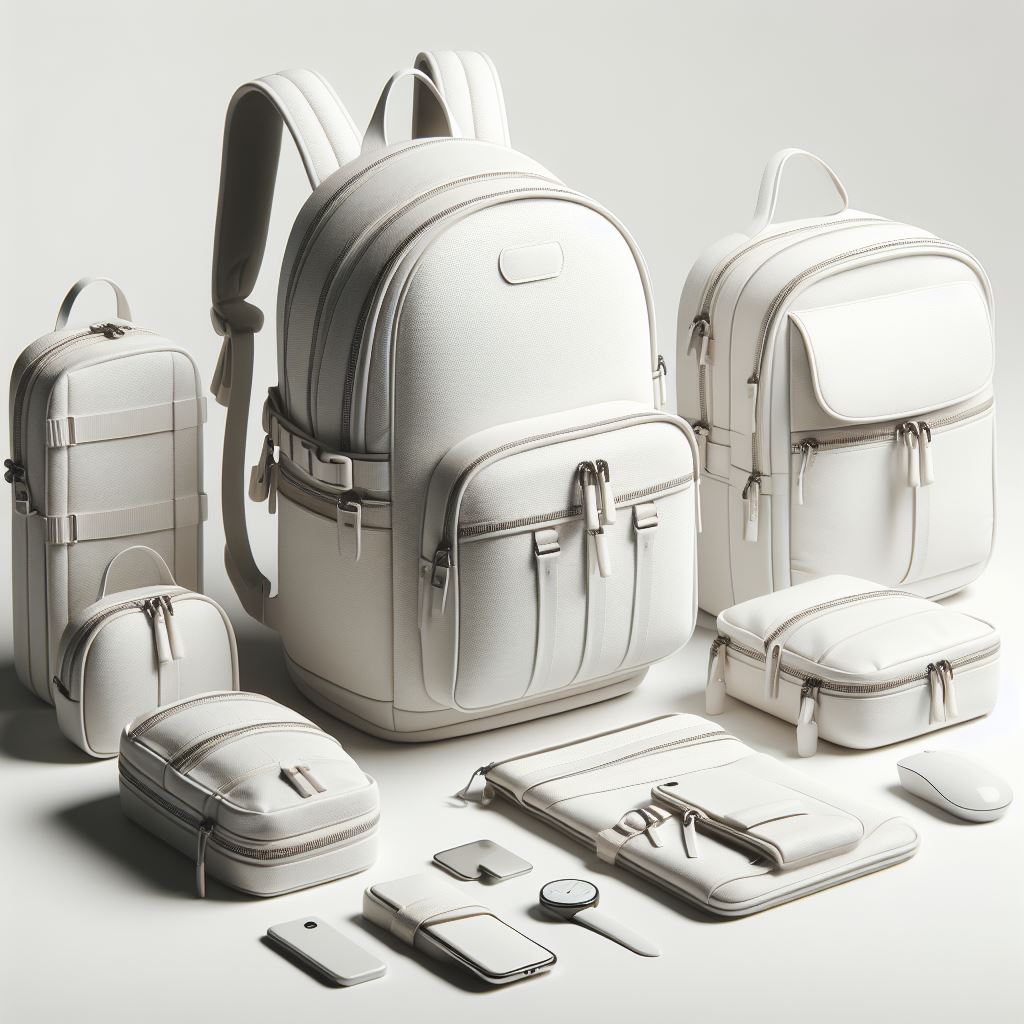
Integrating 3D Product Configuration for Personalized Recommendations
Customers appreciate when brands understand their preferences, and the integration of 3D Product Configuration for personalized recommendations achieves just that. Analyzing customer data to offer targeted product suggestions and optimized pricing strategies demonstrates a brand’s commitment to meeting individual needs.
From the customer’s standpoint, personalized recommendations streamline the decision-making process. The suggestions align with their preferences, making the shopping experience more efficient and enjoyable. Based on an accurate customer behavior analysis, the optimized pricing strategies balance value and affordability, contributing to overall customer satisfaction.
Measuring the Success of Interactive Product Customization
Customers gauge the success of interactive product customization through two primary lenses:
Tracking Customer Engagement and Conversion Rates
Customers are keenly aware of the impact of interactive customization on conversion rates. Monitoring these rates provides insights into the effectiveness of the customization process. Identifying bottlenecks allows businesses to address issues hindering a seamless customer journey.
From a customer’s perspective, referral traffic analysis reveals the effectiveness of marketing strategies. Knowing how they discovered the brand adds a layer of transparency, helping customers understand the brand’s reach and reliability. This transparency contributes to building trust and confidence in the brand.
Analyzing Customer Feedback and Satisfaction
Feedback is the customer’s voice in the journey of interactive customization. Collecting feedback through surveys and forms allows customers to express their thoughts and concerns. This participatory approach makes them feel valued and heard.
Enabling customer reviews and ratings is a testament to a brand’s transparency. Positive reviews and high ratings serve as social proof, influencing potential customers. From the customer’s standpoint, this transparent feedback loop builds trust and aids in making informed decisions.
Utilizing analytics tools for continuous monitoring and improvement is a proactive approach that customers appreciate. It reflects a commitment to providing an ever-evolving, customer-centric experience. Customers who witness improvements based on their feedback feel a sense of partnership with the brand, contributing to long-lasting loyalty.

The Power of Interactive Product Customization
When you begin shopping, interactive product customization becomes your personalized gateway to a uniquely satisfying experience. From hand-picking options that resonate with your preferences to immersing yourself in the excitement of virtual try-ons using Augmented Reality (AR), every facet is curated to enhance your joy and connection with the brand. Let’s take a customer-centric blueprint, enabling brands to interpret your desires, offering insights into your behaviors, and providing a spectrum of choices that align with your tastes. It’s not just a purchase; it’s an active involvement in crafting products that mirror your individuality.
Tulfa’s 3D Interactive Product Customization Services
Breaking free from conventional 3D lifestyle rendering, we revolutionize the eCommerce experience. Beyond creating lifelike scenes, we empower businesses to modify products dynamically, offering customers a truly immersive and personalized adventure. Explore products from every angle, color, and size, or delve into augmented and virtual reality for a sneak peek into your space. Tulfa’s expertise spans industries, delivering breath-taking and impactful 3D visualizations. Take your customer engagement to new heights with Tulfa’s ground-breaking 3D interactive product customization.
For more details, contact us at hello@tulfa.com and step into the future of e-commerce.

